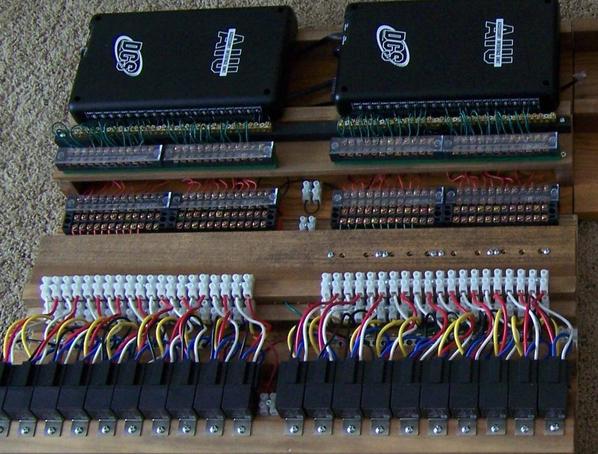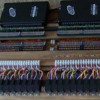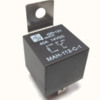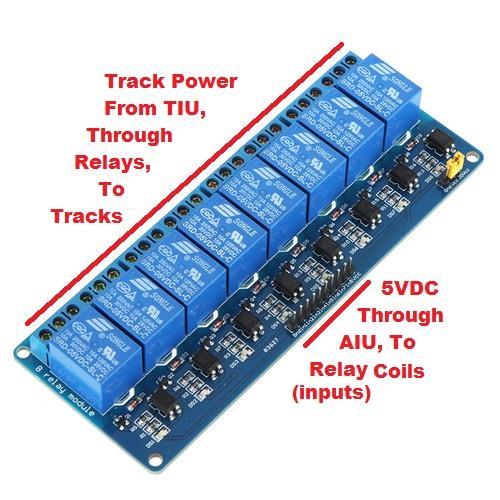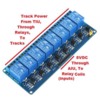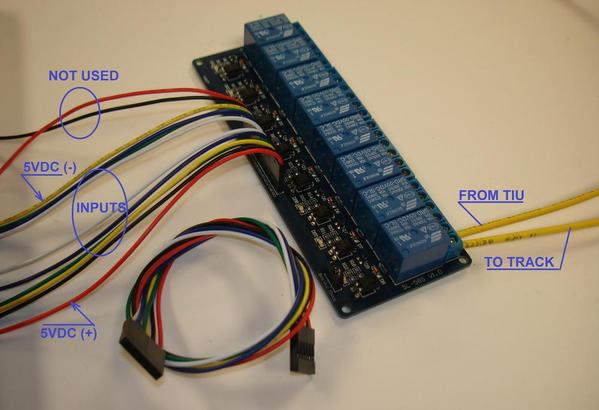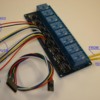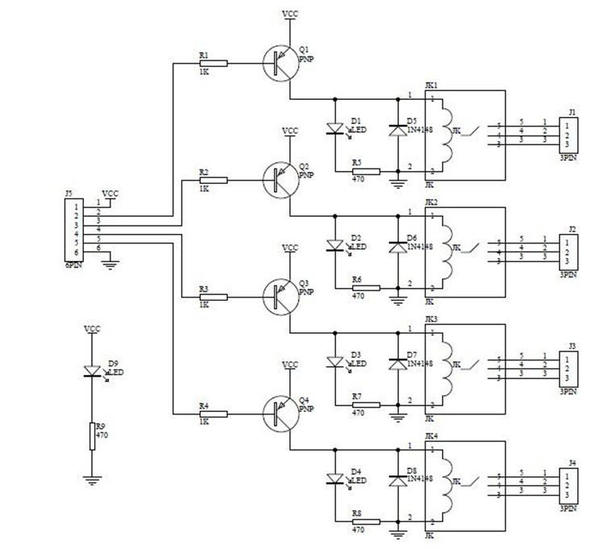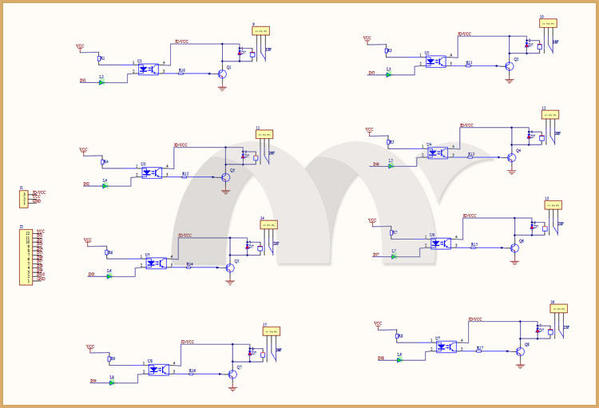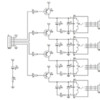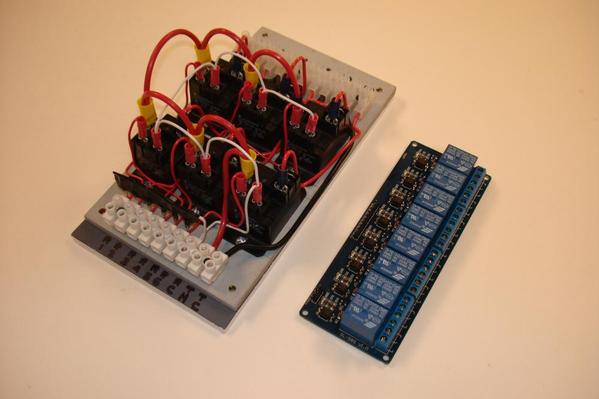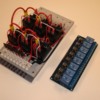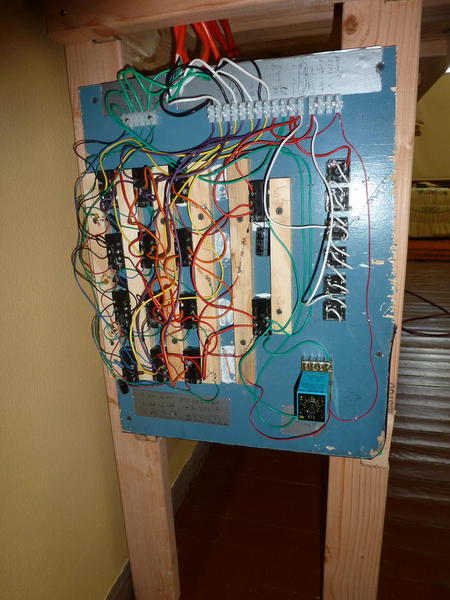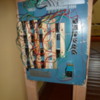Hello Everyone,
I'm new to this hobby (1 year). I have done volumes of reading on this forum and have learned a ton of valuable information and tips. For that...I thank you all.
My son, grandson and I built one layout and have scrapped it to start over. Many of you said you had to build one first to learn. That sure included me.
Our layout is all MTH engines and DCS, one TIU and one AIU, Atlas track and switches with DZ-2500 motors. While watching the Black Diamond video, Part II, by Rich Battista, he was demonstrating ways to connect the AIU. One of the things he did was to use the ACC terminals to control track power (i.e. a siding). He said the AIU relay contacts could handle 10 amps. In Barry's book, it says 4 amps. Which is correct? I was planning to use the AIU for this purpose, but I don't want to render the AIU useless.
Thanks in advance,
George (G3)




